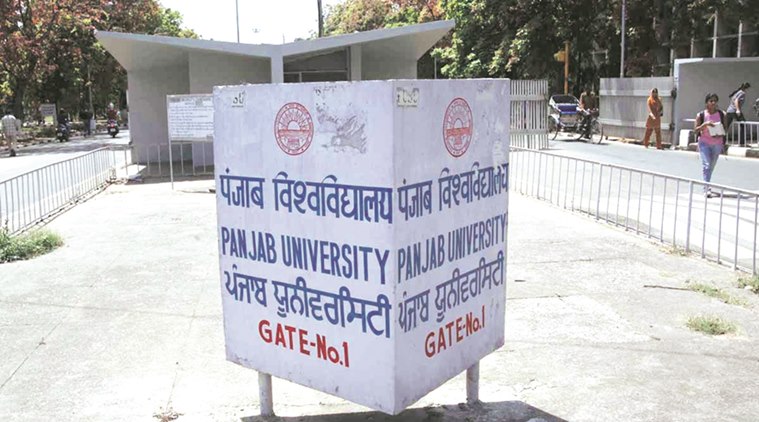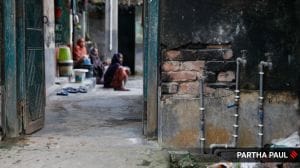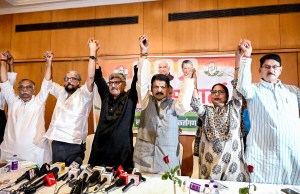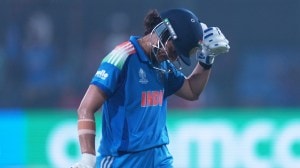Panjab University to host month-long exhibition on pre-historic rock art from today
The exhibition is a part of IGNCA’s national project on rock art which gives top priority to creating general awareness about the first creative art of humankind.
 File Photo: Panjab University (PU)
File Photo: Panjab University (PU)
Panjab University will host a month-long exhibition on pre-historic rock art at the Department of Ancient Indian History, Culture and Archaeology from August 10.
The Indira Gandhi National Centre for Arts (IGNCA), New Delhi and Department of Ancient Indian History, Culture & Archaeology, Panjab University (PU), Chandigarh, are organising the exhibition.
The World of Rock Art is an exhibition that depicts pre-historical rock art, which will go on till September 10. The exhibition is a part of IGNCA’s national project on rock art which gives top priority to creating general awareness for school children, college and university students and general public about the first creative art of humankind.
Rock art is considered as the mother of all arts and also an universal form of art. “From time immemorial, the early man started to record his world around him and his activities for the life sustenance and to bring forth his progenies to flourish. He lived in natural caves and shelters and decorated with paintings and engravings the subject matters he could see in nature and life around him. This prehistoric art comes to signify the underlying philosophies and worldviews of the ancient people, and tells us about the soul of the community, its thoughts, beliefs and emotions. These records of high maturity, as estimated by scholars, perhaps go back to 40,000 years back from today,” said IGNCA Project Director Dr B L Malla.
Rock art is one of the greatest surviving art treasures. It is a vital archaeological source to study and analyse the cognitive evolution of the human intellect across the world.
“Rock art was started in an era when their was no script. It was made by people living in tribal and forest areas on rock shelters. Going by study, the art done in those times were based on the animals they use to hunt. Even the celebrations in the form of community dance can be seen on some of rocks.
Anything and everything which the man was doing as an activity or thought about has been carved out very nicely in the caves and the rocks.
The paintings that were made during those times were from natural colors for example plants were used to provide the green color and iron was used to provide red color,” said Dr Paru Bal Sidhu, head of department of Ancient Indian History, Culture and Archaeology.
IGNCA under its programme Adi Drishya (pri-meval vision of man) has initiated a field documentation at national level for preserving the rock art sites and datas.
Rock art, which is an emerging discipline in India, has different techniques for various countries in which they are found.
“Each country where the rock art was done had its own distinguished style and technique. In the European art form, more animals and anthropology were seen. However, in India, the art varied according to the regions like east Orissa had carving and paintings. The north or the coastal had engravings while the central India had typical paintings. On a whole, the Indian rock art was widely based on social scenes,”added Malla.
As a part of the outreach programme, IGNCA is going to organise different programmes for capacity building like orientation workshops for researchers and university students.
The present exhibition on the world of rock art displays thematic universality of this art form, to which both tangible and intangible aspects of the heritage are associated, he added. The formal inauguration ceremony of the event would be held on August 10 at 11 am.





- 01
- 02
- 03
- 04
- 05


























